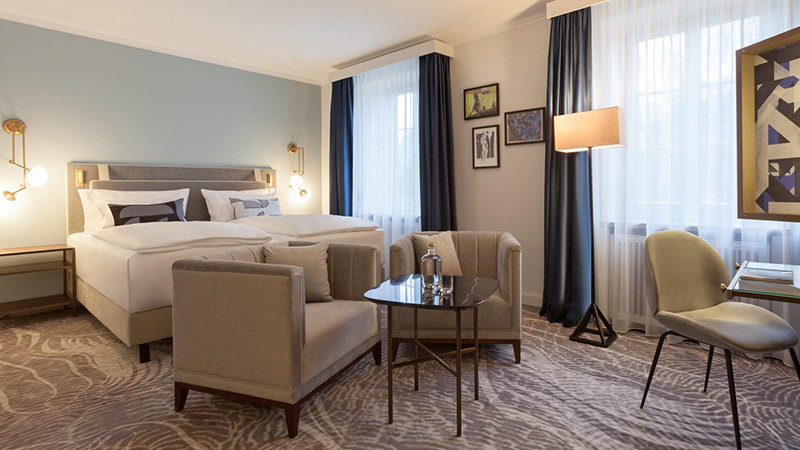Visit the state capital Erfurt and go on a virtual discovery tour through Thuringia.
A horticultural tour of Erfurt
Exploring the city with Thuringia.MyCulture.
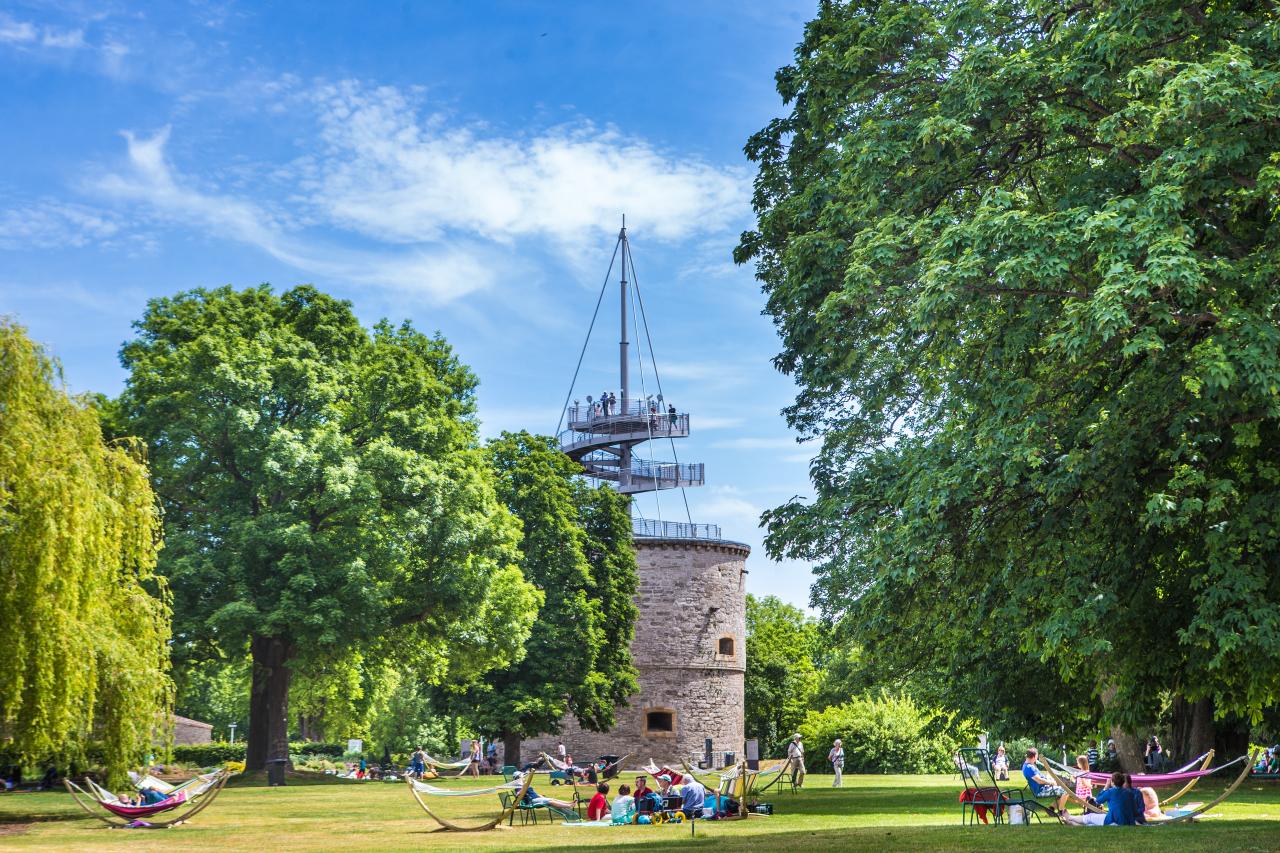
©Christian Fischer, TTG
The garden of Thuringia
My tour begins on a beautiful spring day at the egapark – known as the garden of Thuringia – where I am greeted by wide expanses of meadows, flowers in full bloom and bubbling fountains. An ideal place to get away from the hectic pace of everyday life.
egapark Erfurt
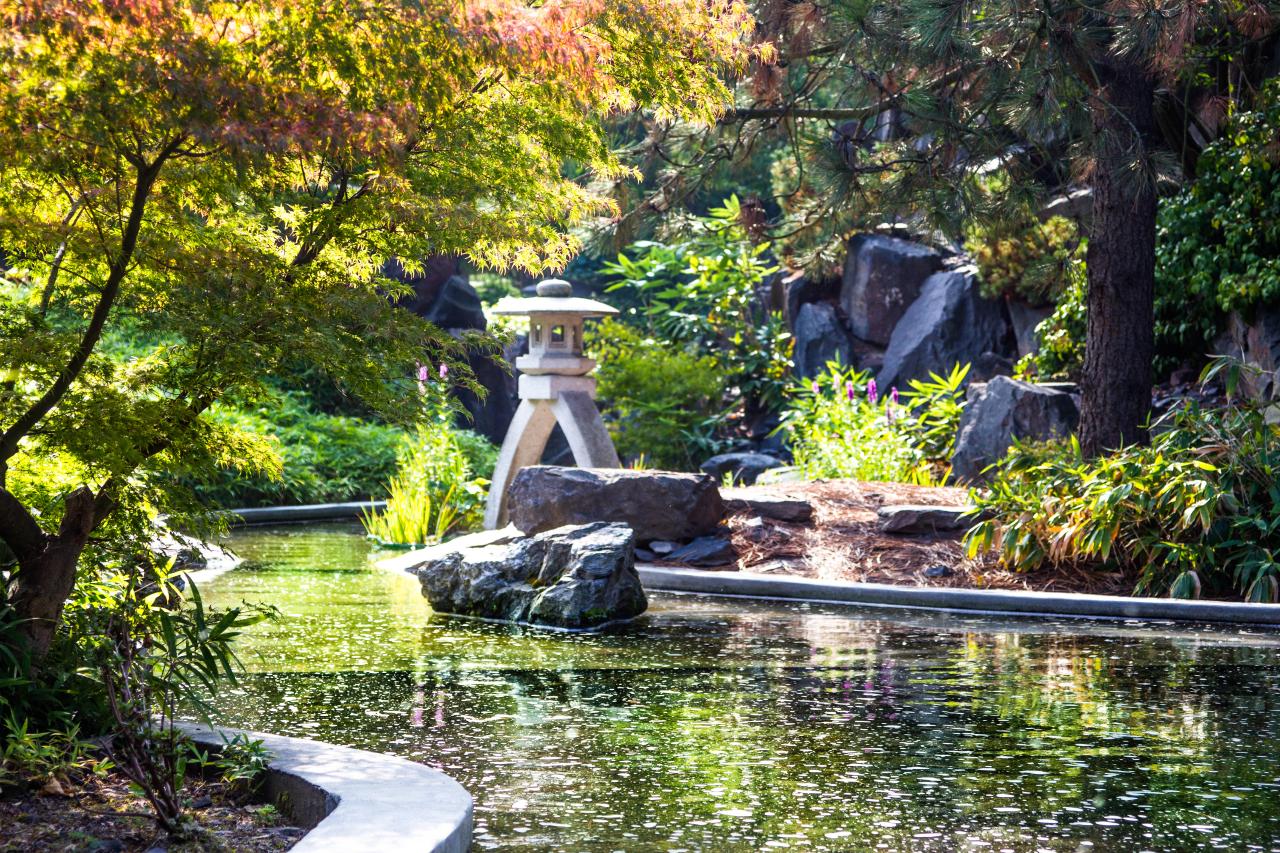
©Christian Fischer, SWE/egapark
I reward myself with an ice cream for having taken so many steps across the 36 hectare site, and then continue my tour by heading towards the city centre. The Thuringia.MyCulture. app guides me through an expansive and well-maintained green space – Luisenpark – past picnicking families, dogs having a dip in the Gera river, and an energetic yoga group performing some very odd movements on the grass. I make my way to the statue of Christian Reichart, right by an idyllically situated bridge.
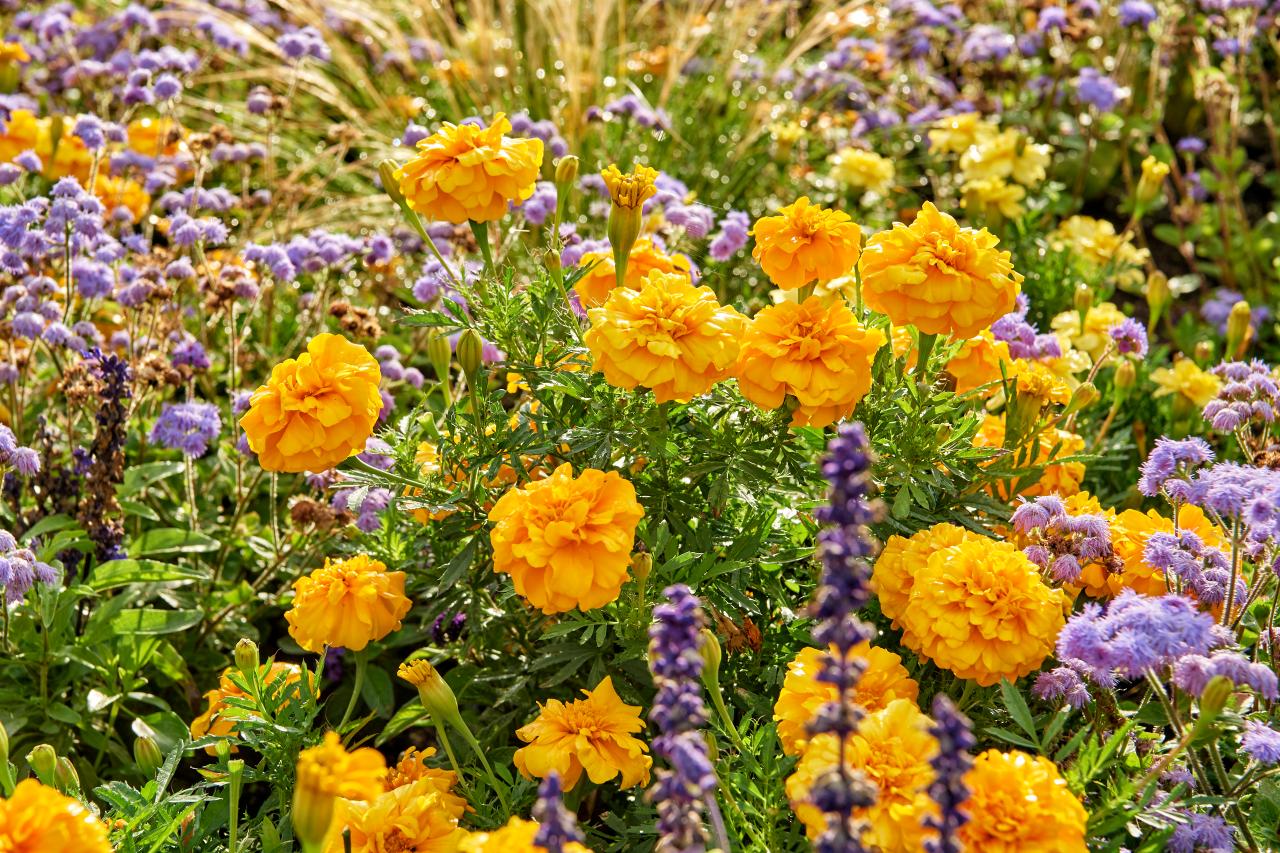
©Florian Trykowski, TTG
Who was Christian Reichart?
Desert plants in the city centre
The tour now takes me further downriver towards to the main train station. Across the street is the Stadtpark, Erfurt’s municipal park. The sight of its grand staircase welcomes visitors to the city as they emerge from the station. Looking at all those steps, I catch my breath for a minute. But needs must – I want to find out more so I start to climb. As I ascend the stairs to the Stadtpark, I’m surprised to notice large tubs of cacti. Tropical cacti in the middle of Thuringia? They are a visual reminder of Erfurt’s successful history of cactus growing. Friedrich Adolph Haage’s company, known as ‘Kakteen-Haage’, revolutionised the commercial growing of cacti and made them a popular decorative object for fashionable homes. Having reached the top of the stairs, I can see the features that the Stadtpark is famous for – strictly geometric design elements, a pavilion, the Sorgebrunnen fountain and botanical rarities such as the Amur cork trees and a huge mulberry tree.
Flowers by post
After a short break in the Stadtpark the route takes me further into the city centre, where I spot the massive bulk of the main post office, visible from afar. But why would the tour take me to the post office? It’s quite simple: for centuries, Anger square was Erfurt’s main trade and communications hub. The city’s rise to horticultural pre-eminence was contingent on the reliable transport of goods. As early as 1862, Erfurt’s market gardeners used to ship perishable produce, such as cauliflower, by express freight on the Thuringian railway. Then there were large volumes of plant catalogues and price lists, dispatched to customers using the postal service. By 1884, it had become clear that Erfurt needed a large post office to ensure the smooth running of this thriving business. One of the most important horticultural products were seeds. These were mainly sold by mail order, again necessitating a sizeable post office building. It remains a striking landmark, as well as a reminder that Erfurt is the city of flowers. Demand for seeds increased substantially at the end of the 19th century. Flower-based decorations became something of a fashion trend, as is apparent from the post office interior with its cross-vaulted neo-Gothic ceiling adorned with floral designs.
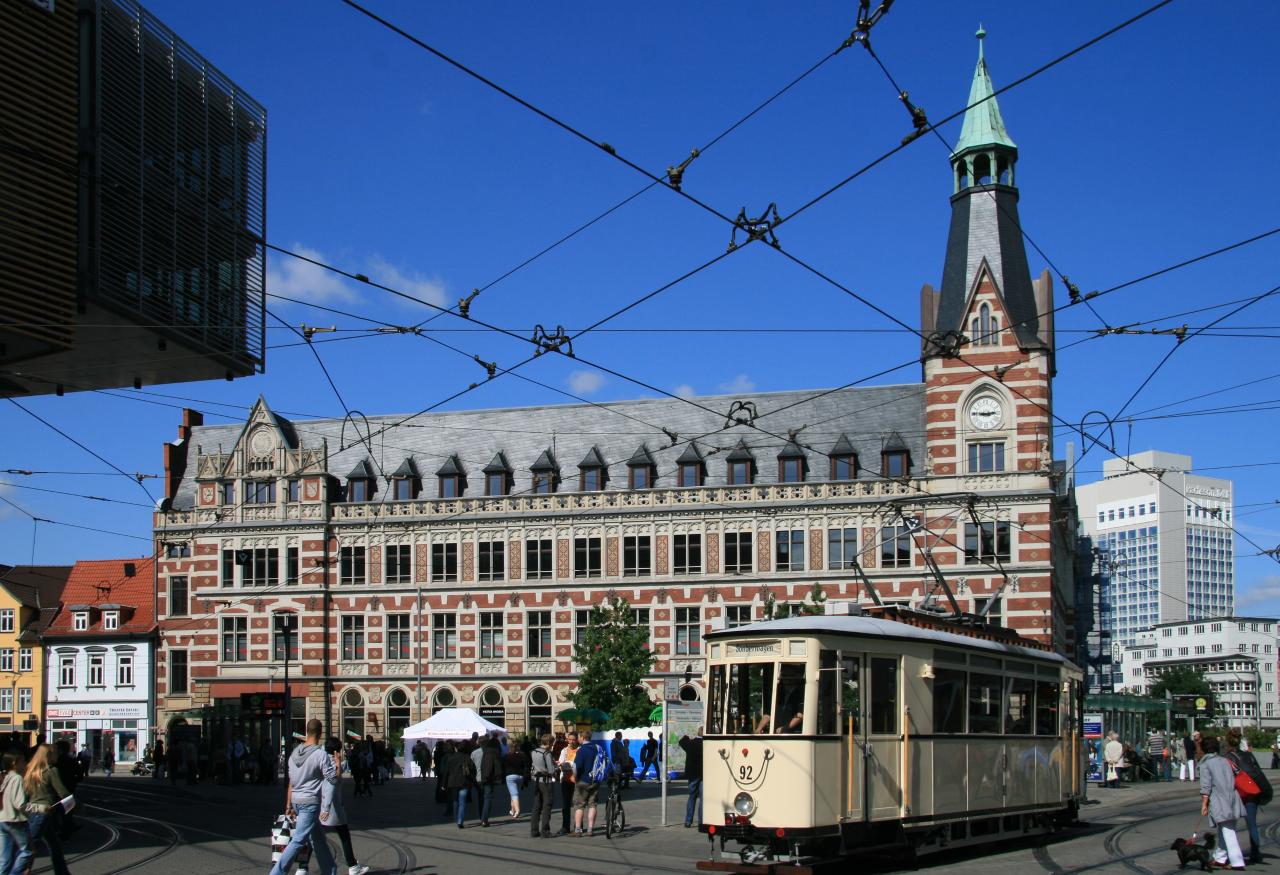
©TTG
Erfurt’s horticultural heyday was in the 19th and at the beginning of the 20th century. The innovative products of its horticultural dynasties were exported around the world. Erfurt became closely associated with the horticulture industry and its reputation as the city of flowers was established. My digital travel guide takes me to a physical representation of this history, located only a few steps from the main post office. The Angerbrunnen, a large fountain on Anger square, features the figure of ‘Flora’ as a symbol of the city’s golden age.
Thuringian beer
After a short rest by the fountain and some refreshments, I stroll from Anger square to Fischmarkt square, where I discover another highlight of the ‘city of flowers’ tour. Haus zum Breiten Herd is one of the grandest and most distinctive houses in the centre of Erfurt. Its bright orange Renaissance exterior with elaborate ornamentation reflects the wealth of its original proprietor in the 16th century. The building dates from 1630, and its owner was entitled to brew his own beer there. Many historical houses in Erfurt still feature ‘beer holes’ above their doors indicating a similar privilege. These used to be filled with straw to announce that freshly brewed beer was available.
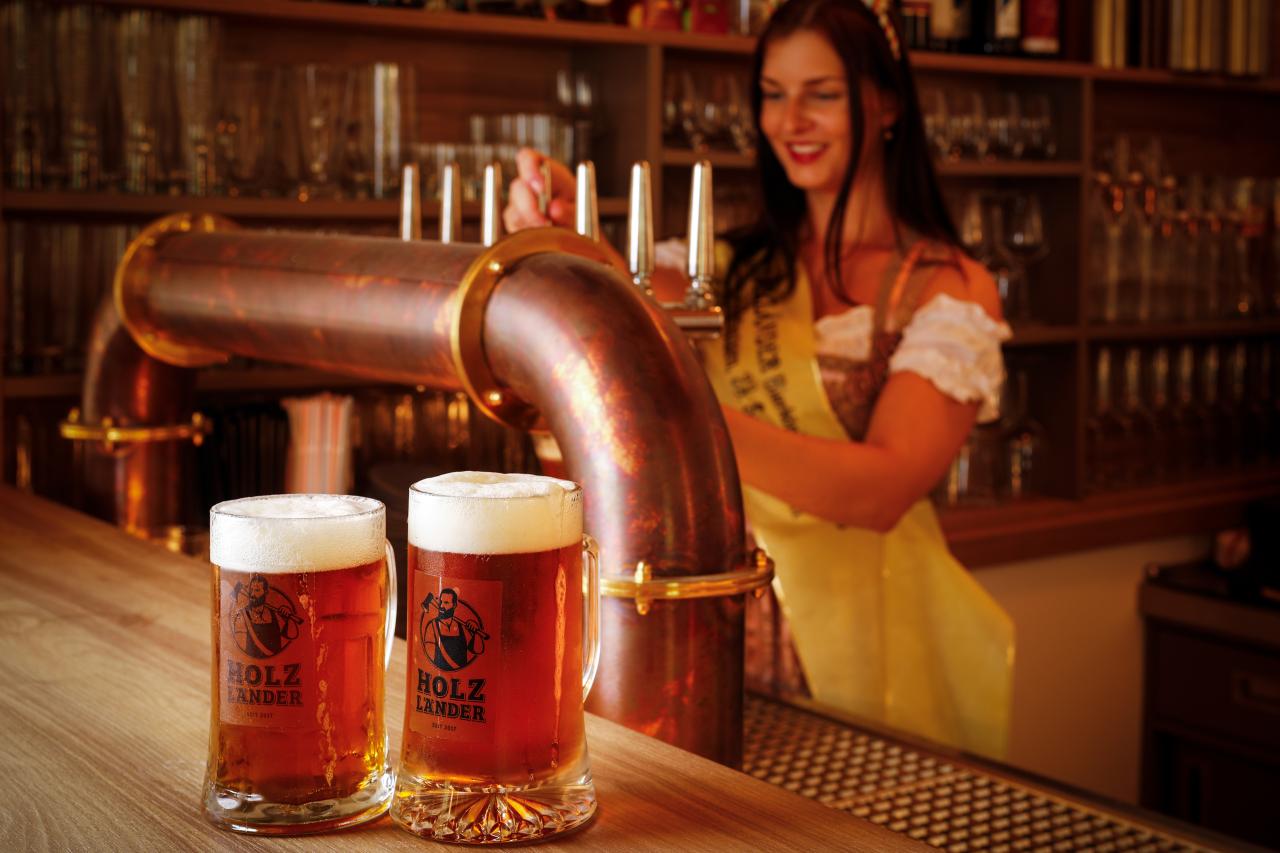
©Carlo Bansini, TTG
But doesn’t beer come from Bavaria?
After a fascinating but still quite leisurely tour of Erfurt’s horticultural history, I’m heading home with plenty of new insights. The Thuringia.MyCulture. digital guide has helped me to get to know Erfurt better, and from a very different perspective.
Cover picture: ©Florian Trykowski / Christoph Hampe, TTG
Get the app
Download the free app from the App Store or Google Play Store now.
Download via AppStore (iOS)
Download via Google Play Store (Android)
Did you like this story?
Maybe, you'll like this too ...








